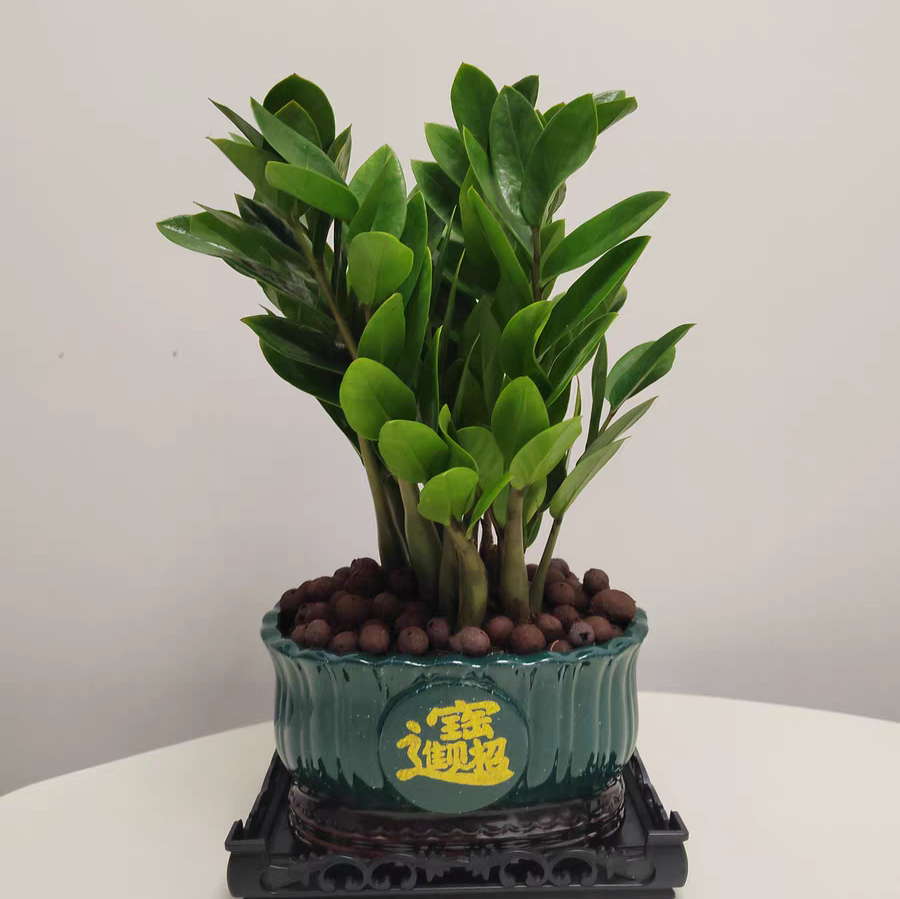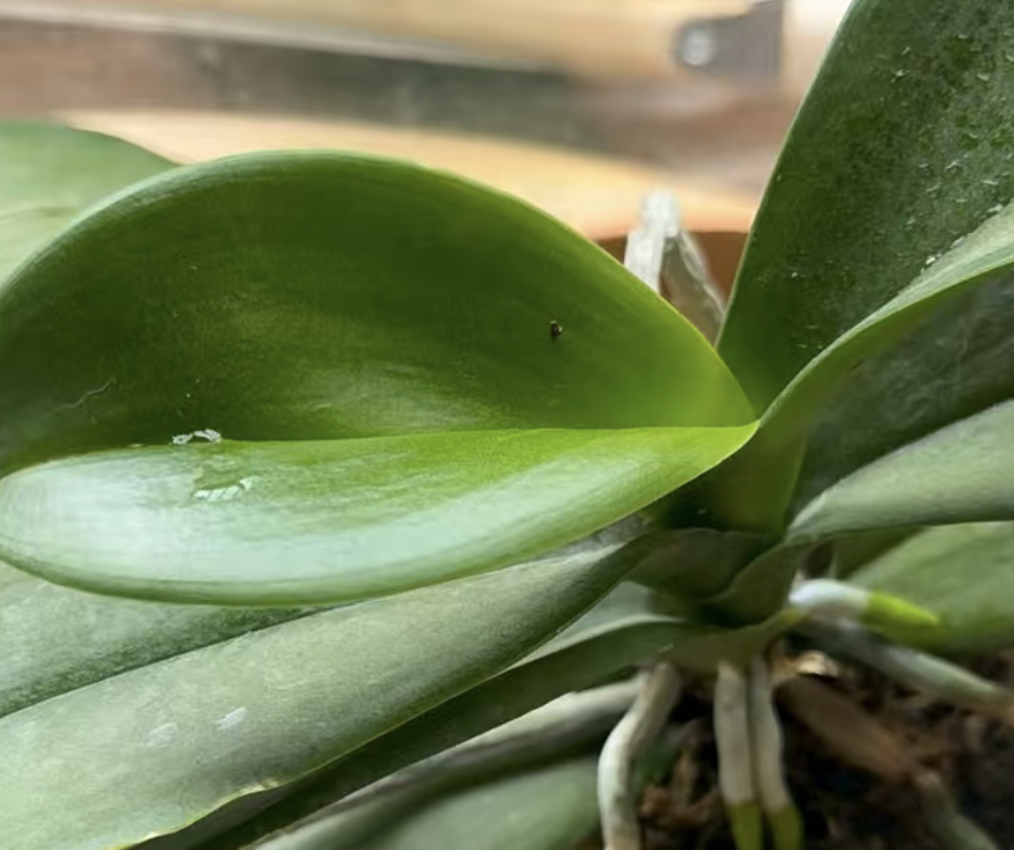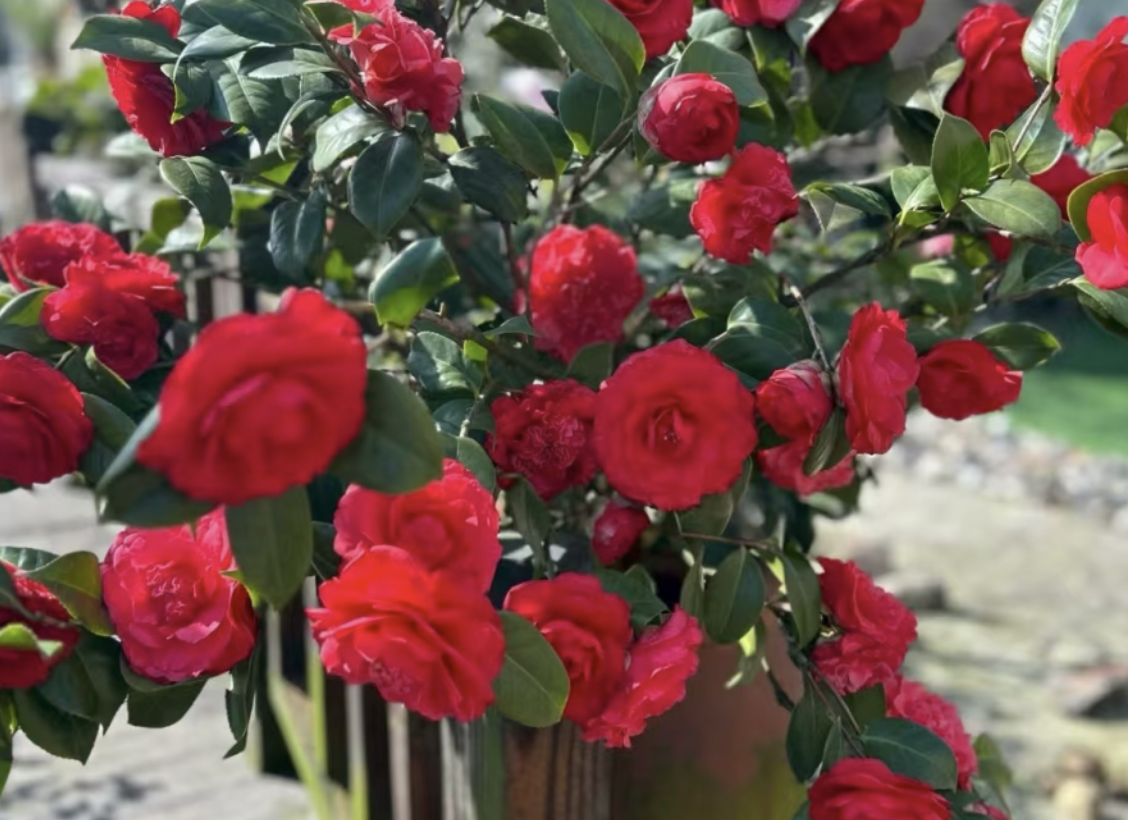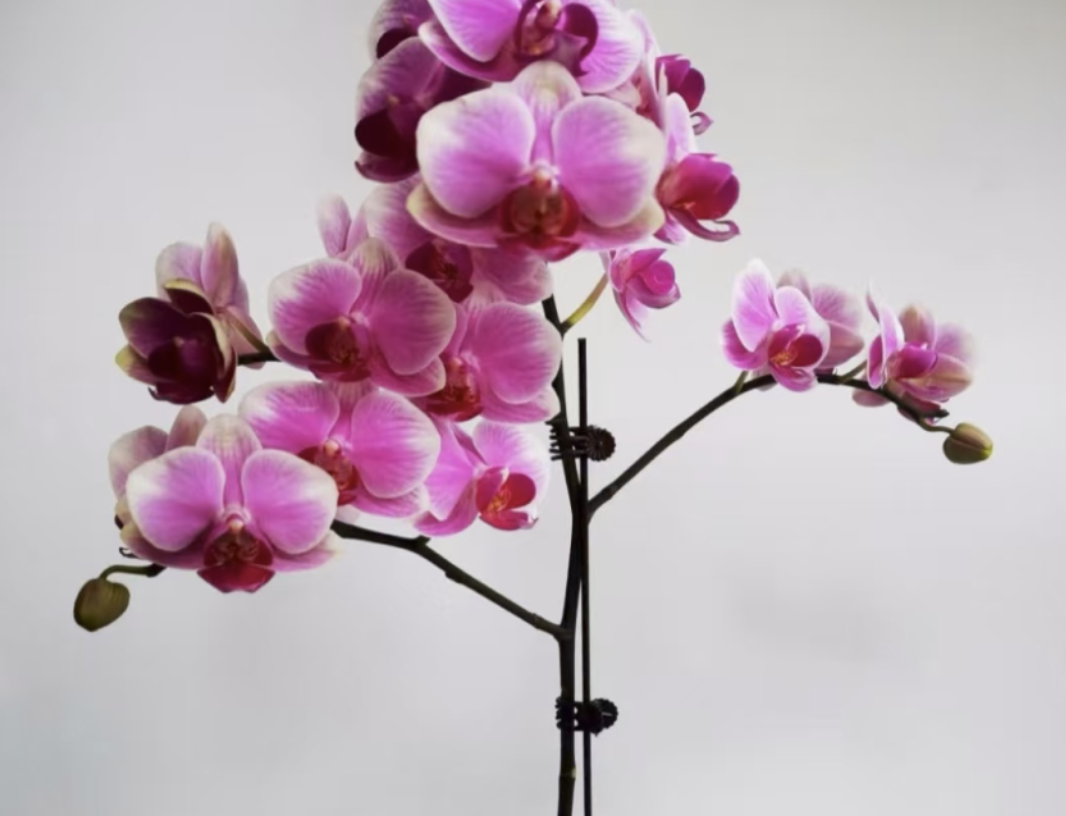The Zamioculcas zamiifolia is an indoor green plant with high ornamental value.
It has thick underground tubers. Its leaves are pinnate compound leaves, and the leaflets are fleshy, neatly arranged, thick, and emerald green in color. These leaflets look like strings of green copper coins hanging on the petioles. From a distance, the Zamioculcas zamiifolia resembles delicate green umbrellas, adding a touch of vitality and elegance to the space. Its unique shape makes it a favorite decorative plant for many people.
However, sometimes we may find that the leaves of the Zamioculcas zamiifolia turn yellow. What's going on? There are quite a few reasons!
Firstly, it's the watering problem. The Zamioculcas zamiifolia is relatively drought-tolerant. If it is watered too frequently and the soil remains waterlogged for a long time, its roots will be like poor little things soaked in water and will rot due to lack of oxygen. As a result, it won't be able to transport nutrients to the leaves, and the leaves will naturally turn yellow. On the contrary, if it isn't watered for a long time, the leaves will also wither and turn yellow due to lack of water.
Secondly, it's improper lighting. The Zamioculcas zamiifolia prefers bright, scattered light. If it is placed under the scorching sun, its leaves will be burned and show yellowish spots. But if it is always placed in a dark corner, it won't be able to carry out photosynthesis properly, and the leaves will also become dull and turn yellow due to lack of nutrients.
Thirdly, it's the inappropriate temperature. The Zamioculcas zamiifolia likes a warm environment. If the temperature is too low and it gets frostbitten, the leaves will turn yellow and become soft. Especially in winter, we must pay attention to keeping it warm!
So what should we do if the leaves turn yellow? If it's caused by overwatering, stop watering immediately and place it in a well-ventilated area to let the moisture in the soil evaporate quickly. If part of the roots has already rotted, carefully dig the plant out of the soil, cut off the rotten roots, and then replant it in new, well-ventilated soil. If it's a lighting problem, move it to a suitable position. A place with scattered light is its favorite. If the temperature is low, move it to a warmer indoor place or put a "warm coat" on it, for example, cover it slightly with a plastic bag, but remember to leave some ventilation holes.
How can we take care of the Zamioculcas zamiifolia to make it grow vigorously?
Water it appropriately. Follow the principle of "water only when the soil is dry, and water thoroughly when watering". Insert your finger into the soil about two or three centimeters. If it feels dry, it's time to water. Generally, you can water a bit more in spring and autumn, and less in summer and winter. Especially when it's hot in summer and cold in winter, you need to be extra careful.
The lighting should be proper. Place it in a place indoors where the light is bright but not directly exposed to sunlight, such as a place near the window but shaded by curtains. In this way, it can comfortably carry out photosynthesis, and its leaves will become greener and more shiny.
The temperature should be suitable. The most suitable growth temperature for the Zamioculcas zamiifolia is between 20 and 32 °C. In winter, make sure that the temperature is not lower than 10 °C so that it can survive the winter safely without being harmed by the cold. When the temperature is high in summer, you can spray some water around it to lower the temperature and let it have a cool summer.
The soil and fertilization are also crucial! The Zamioculcas zamiifolia likes loose, fertile, well-drained, acidic to slightly acidic soil rich in humus. We can mix peat soil, coarse sand or perlite in a certain proportion to plant it. As for fertilization, applying a thin liquid fertilizer once a month during the growing season, such as the decomposed cake fertilizer water, can meet its nutritional needs. However, stop fertilizing when it grows slowly in winter.
How to take good care of the Zamioculcas zamiifolia so that it can grow vigorously?

Share with
Tagged in :




Leave a Reply